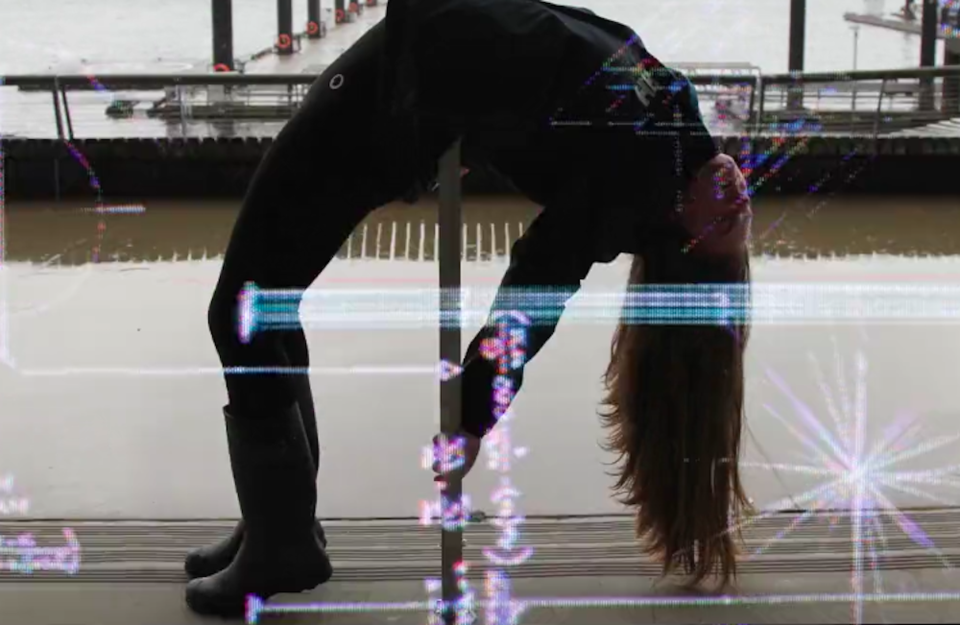Do you dance to feel happy?
Many Metro Vancouverites have turned to dance to keep boredom at bay during the pandemic, while others use it to stay fit.
For some people, however, dance is a powerful tool of self-expression.
Susan Heimsoth is a Vancouver-based dance teacher and choreographer. She ran a studio called OneDance Creative Art Centre for 19 years, but it closed in April 2020 due to the COVID-19 pandemic.
"When the lockdown came I was really suffering," she explains. "I used the pandemic as an excuse to start making films."
Currently, Heimsoth can't instruct adults in person, which she says is a struggle. "You lose that personal connection."
The committed dance teacher offers adult classes via Zoom, which isn't ideal. However, she adds that it is a vital outlet for people who love to dance.
In addition to online classes, Heimsoth shares her creative vision through film. OnceDance Production is now a film and photography company that specializes in creating short films and compelling photographs.
Dance is a language
A short film that Heimsoth recently choreographed is entitled "Where Is My Mind" and uses dance as an expression about survivors of trauma. She says she was inspired by a family member who was prescribed an opioid by a doctor.
"Someone in my family is currently experiencing addiction from an opioid, oxycontin, that was given to them by a doctor for many years. Since then, this person's life has changed dramatically," she says.
"That was really eye-opening for me because it was given him to by a doctor."
Dance is a medium of expression and storytelling, which can express a range of emotions, explains Heimsoth. "Certainly many people think of dancing as joyful, and yes it can be. But dance is a language, and in that language, you can also express pain and actually any emotion."
While the audience might not know the exact story behind the dance, they can often relate to the emotion and the movement. Further, they have their own stories that are "being touched by the movement and the expression of the pain in the dancer."
"I think dance is therapeutic for anybody--whether they experience addiction or not--but it can be one of many ways of healing," she explains. "There's a way in with dance for something that could be trapped to come out. Anytime you release through the body you will feel better, in my opinion."
"Few of us escape trauma in our own lives."
"Where Is My Mind" recognizes that many trauma survivors may attempt to live a "normal" life when disturbing events remain with them from the past, explains Heimsoth. "This film recognizes those moments when we may appear present, but in fact, we have gone for a brief second to another place and time. A word, a sound, a person, a place, or an image may trigger a memory."
Even with years of therapy, many survivors of trauma may not fully recover and many of them turn to substances leading to addiction. "Many people function in the world, plagued by distressing and pervasive memories of the past. Few of us escape trauma in our own lives. When we meet someone, we never know what they have been through," she adds.
In 2020, the overdose crisis claimed the lives of 1,724 British Columbians. In the past 25 years, more than 12,632 British Columbians have died of illicit drug overdoses. That’s equal to the population of the city of Terrace.
With a file from Jeremy Hainsworth.



